Staring bewlidered at the images Notre Dame de Paris in flames, I was struck with how numb I’d become to news of the terrible.
Numb. Incapable of knowing what I felt. The world’s news cameras had turned on the sad spectacle of France’s most famous cathedral overcome with churning flames and smoke.
Social media was awash, too, with live commentary and video captures from phones of Parisians and tourists gawking terrified at the Notre Dame inferno.
As swift as Twitter lightning, chicanery took hold of the educated hordes of social media. “Sign of the times!”, “We stand together with France”, “It will be rebuilt!”, “materialists only see wood and stone on fire…”, “please don’t allow this tragedy to overshadow others”, or “don’t let the far right turn this into a symbol…”
Some even said it was “France’s 9/11” drawing parallels between the psychological impact of the images of flaming Notre Dame, and the collapse of Manhattan’s Twin Towers on that terrifying, fateful day in 2001.
Debates over the significance of Notre Dame’s fire, then, instantly polarized an already-polarized commentariat. Their unrelenting and strident tongue-twirling left me cold.
To be sure, Notre Dame may have been finely wrought glass and stone; it also stood also as a symbol, of France, of Christianity, of Medieval splendor, of an age-old civilization. Its fire thus immediately took on symbolic significance, despite the best efforts of Twitter’s rationalist fire brigades to mitigate its effects on the public imagination.
Symbols aflame can feel more real than real. They put “fire in the minds of men“.
And I could see it now: we are all on fire, all the time. Notre Dame’s billowing flames were my wake-up call.
So I turned off my phone, to block out the chatter. Silence.
The distance inside stared at me blankly.
I suddenly felt the urge to imagine Notre Dame as it had always stood: tall, splendid and unmoved. At the center of the Old City. Battered yet unscathed, as Victor Hugo had seen it, through so many troubles and troubling times.
Notre Dame had survived the French Revolution. How did I know this? I walked on its roof while playing Assassin’s Creed Unity!
Up close to Notre Dame. That is where I wanted to be. I wanted to creep on its gargoyles and parapets, and hear its bells, pealing darkly over the expanse of la Cité and the Seine.
In truth, my own memories of Notre Dame were faltering. I have visited Paris numerous times, and toured Notre Dame. Never a fan of taking photos, I don’t have anything to “show” for this.
But right now, there was only one thing left to do. Re-install AC:Unity on my PC. Boot up the game, and run to the heart of the city, by street or rooftop, to clamber once again upon the parapets of Notre Dame.
“Aux armes, citoyens!”
Game on. AC:Unity was spinning on my drive, and I immediately set my sights on Ubisoft senior level artist Caroline Miousse‘s masterpiece of historical reconstruction in a video game: the Notre Dame of AC:Unity.
As Andrew Webster wrote in Verge in 2014, Miousse had spent the better of two years reproducing a scale model of Notre Dame, for players to explore inside and out. Webster:
“[Miousse] pored over photos to get the architecture just right, and worked with texture artists to make sure that each brick was as it should be. She even had historians help her figure out the exact paintings that were hanging on the walls. But when testers started running around the game, something was missing. During the time ACU is set, the Notre Dame didn’t yet have its iconic spires, yet most people picture them when they think about the landmark — so Miousse added them to her creation, even if they technically shouldn’t be there.”
…the spires which collapsed in front of the world’s eyes on Monday, April 15, 2019.
Notre Dame in AC:Unity isn’t merely a scale replica, it lies at the heart of the “living, breathing” simulacrum of late 18th-century revolutionary Paris recreated in the game. Nicolas Guérin, under whom I had the pleasure of studying Level Design at l’INIS in Montreal, was, unbeknownst to me, also working at the time on AC:Unity as “world level design director”. While Miousse was modeling Notre Dame, Guérin and his team worked relentlessly with period maps on the layout of 18th-century, to match the AC:Unity’s open-world playground philosophy with historical accuracy and rigor.
Here, Notre Dame served as a design benchmark, notably with the “radial scale” concept used to replicate revolutionary-era Paris. Webster: “In the center of the city it’s essentially a one-to-one recreation, but the further you move from Paris’ core, the more spread out things get. Key landmarks are all in the right place so that it still looks and feels like Paris, but the added space means things won’t feel cramped while you run across the city’s rooftops.”
As Arno Dorian, I walked – then ran! – through the crowded streets. Impatient, I leaped up buildings to get to roof-top, to get some parkour action. Up high, I kept Notre Dame well in view, as a beckoning landmark. Crossing Pont-Neuf from the Left bank, the crowds became denser and rowdier. From Place Dauphine onward, I noticed how vivid everything seemed. Was it the energy of the revolution, or were imperceptible “radial scale” adjustments at work, here? Webster again:
“While ACU looks much like every other Assassin’s Creed game at a glance, there’s an extra layer that makes it feel much more realistic. And it’s not just that the graphics are better, it’s also the sense of scale and depth; there’s the way the streets are absolutely bustling with people, all of whom look distinct, or the way you can seamlessly run from a rooftop, through a window, and into someone’s home. Hopping from one building to the next while a gentle sun filters through nearby houses does indeed look like a moving postcard.”
As I approached the heart of l’Île de la cité, streets leading to Notre Dame showed a mob gathered before the cathedral, making a ruckus. I arrived at the foot of Notre Dame and immediately slipped into the crowd. Blue-befrocked revolutionary guards were guarding the entrance, pushing back throngs of agitated citoyens. Notre Dame stood gigantically, impassible with the centuries. Its front porticoes and gates were open, but I wanted the oblique way in, which meant: go up, Assassin!
Climbing up Notre Dame’s imposing facades, I spent the next hour exploring every nook and cranny of the cathedral. I made straight for the (now-collapsed) flèche (spire), grappled, pulled, skipped and hopped to the top. The view was astonishing, and I rotated the camera slowly to take it all in. Not seeing any of AC’s proverbial haystacks to receive my ‘leap of faith’, AC:Unity’s quick-rappel downward movement mechanics allowed me to acrobatically improvise my way down. I then slid down virtual Notre Dame’s roof, and made my way to an open lucarne.
Once inside, I spotted the extraordinary rose windows (mostly unscathed from the fire), and got up close. Whatever surface I could climb, I did. And thankfully, there were also enough flat surfaces for horizontal movement when I got tired of leaping from handhold to handhold. I jumped onto the tethers connecting Notre Dame’s upper-level walkways, and skirted above the crowd.
Once again, I slowly egged the controller’s right stick in every direction to take the view in from all angles.
Finally, I ran up the stairs of Notre Dame’s south bell tower to get to rooftop again, where I could find a perch for much-needed leap of faith.
It was then that I stopped in my tracks. Looking at Notre Dame’s roof, I couldn’t bring myself to take the leap. I just turned the camera idly. To be sure, scaling the flèche and bell towers on Notre Dame gave me a (vicarious) sense of the exquisite stone and wood work of AC:Unity’s recreation of the cathedral. But the real scarring of the flames and the collapsed roof now came vividly into my awareness.
Notre Dame’s ghosts lingered with the flames, like a memory from beyond.
I exited Assassin’s Creed Unity, and turned off my computer.
Ex Memoria
A personal memory then bubbled up to the surface: a story my mother had told me many times over, about her and my dad’s honeymoon in France, back in the late 1960s.
I hail from Western Canada. From the French neighborhood of the prairie city of Winnipeg, called Saint-Boniface. My parents married in May 1968. Unfazed by the turmoil then happening in France, they set forth together for a summer honeymoon, that would begin in Paris. Arriving in July, they found a city still buzzing with the air of revolt, with streets full of detritus and overturned cobblestones. France’s capital had by then for the most part resumed normalcy, despite a few straggling students fron Nanterre distributing maoist tracts.
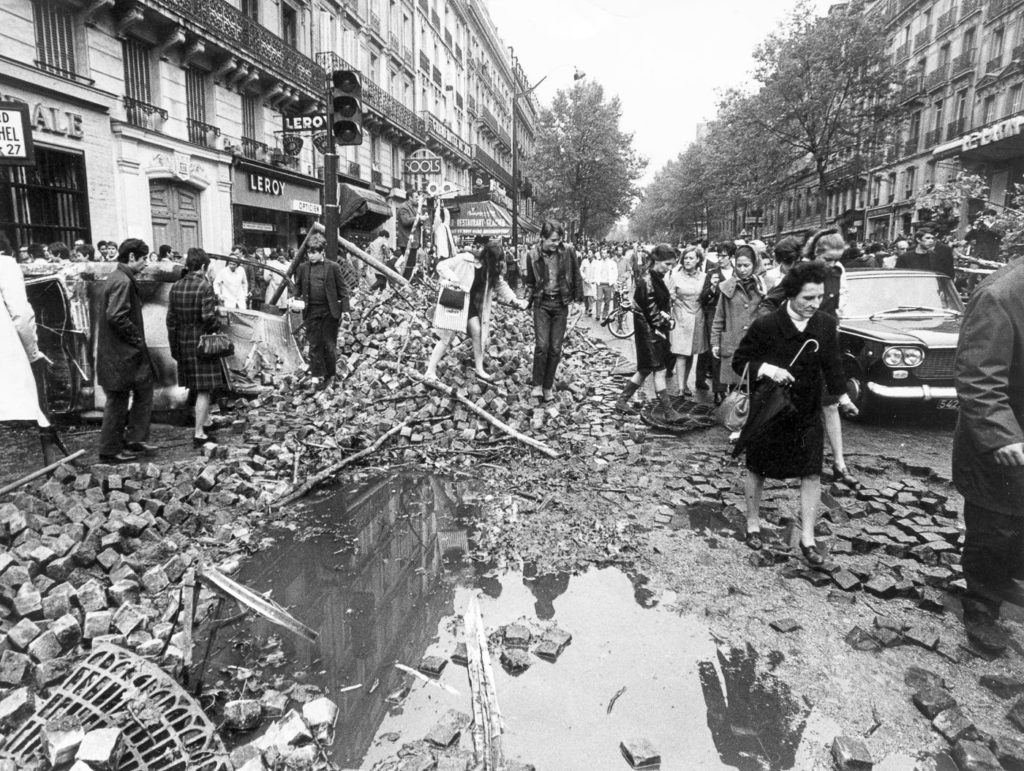
One night, the young newlyweds went on a dinner cruise on the Seine’s famous bateaux-mouches. As they sat across each from other taking in the Seine sights and sounds, they overheard a conversation between a woman and a man from the table next to theirs. The couple was also French-Canadian, from Quebec.
The man said to the woman: “Did you hear the news? A cathedral in Western Canada went up in flames!” My newlywed parents froze in their chairs. My (future) mother turned to the man and asked point-blank: “The Saint-Boniface Cathedral?” The man, surprised, turned to answer: “Yes! How did you know?”
My parents sat stunned. A strange pall came over the romantic atmosphere which until now, had charmed their evening.
At that very moment, majestic Notre-Dame crept into the picture, as the bateau-mouche snailed around its embankments. Towering above them, my parents stared at Notre Dame, in disbelief.
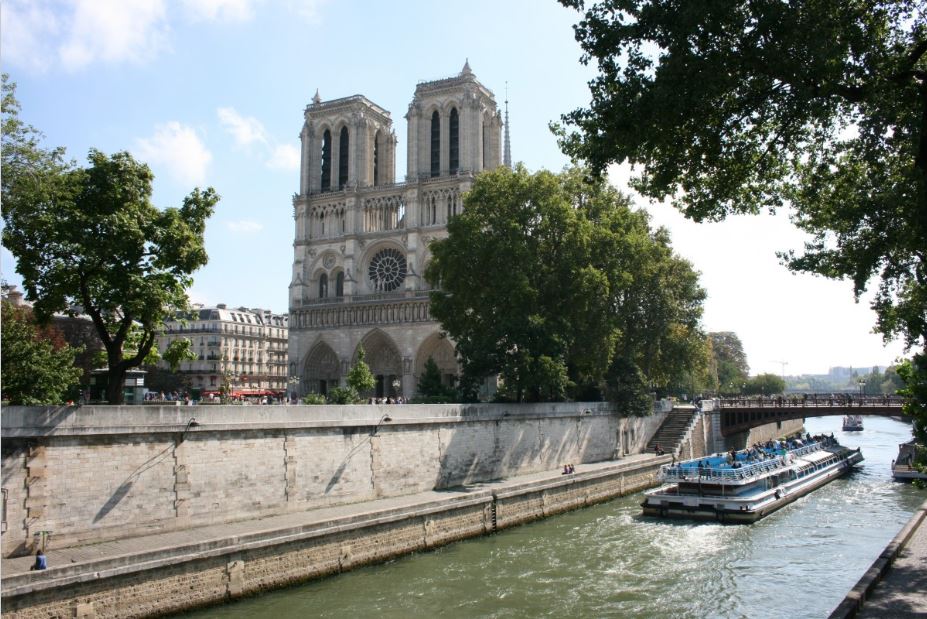
I do not know how the evening went on for my newlywed parents. I will ask them one day. I do know that upon their return home, my parents learned the Saint-Boniface cathedral had gone up in flames – and lost its roof – allegedly during a renovation accident…
As for me, I have played Assassin’s Creed Unity. Perhaps too little, or too much. Whatever the case, I can no longer recall any of my own buried memories of Notre Dame. Revisiting the story of my newlywed parents ironically brought back more vivid “memories” of the cathedral than my own personal recollection.
With the embers of Notre Dame’s fires still smouldering, speculation was already afoot on the possibility that AC:Unity’s scale model of Notre Dame could help with the restoration of the burnt cathedral. Assassin’s Creed fans can dream. No amount of technology and expertise can restore Notre Dame to the very detail of what it used to be. That being the case, I also have to wonder: who, or what will carry the memory of AC:Unity’s Notre Dame de Paris, when its technological supports become obsolete?
I believe I have finally grasped the true meaning of the “creed” of Assassin’s Creed. It’s what the creators of the franchise have been telling us all along.
“Nothing is real, everything is permitted.” Notre Dame is burning.

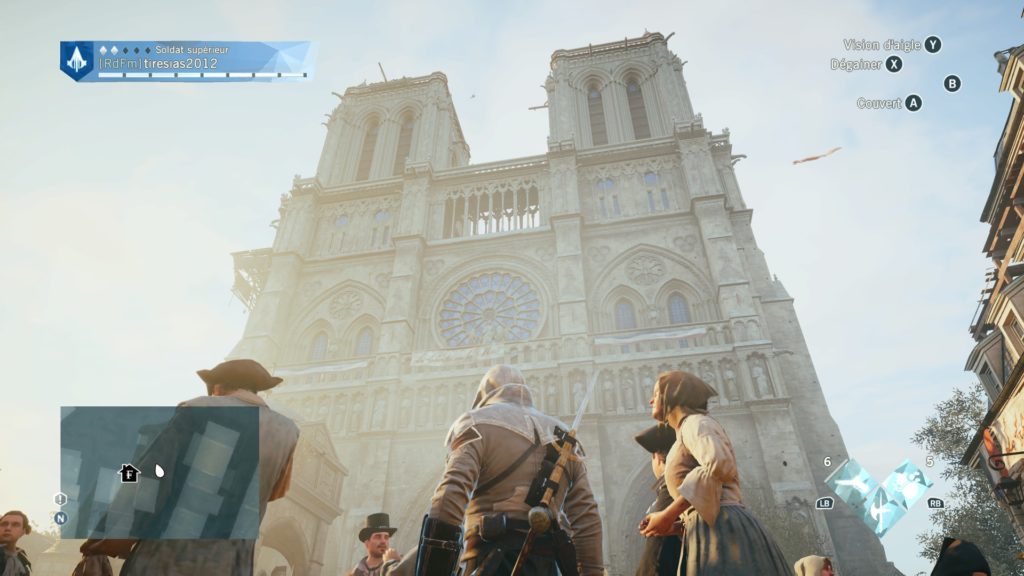
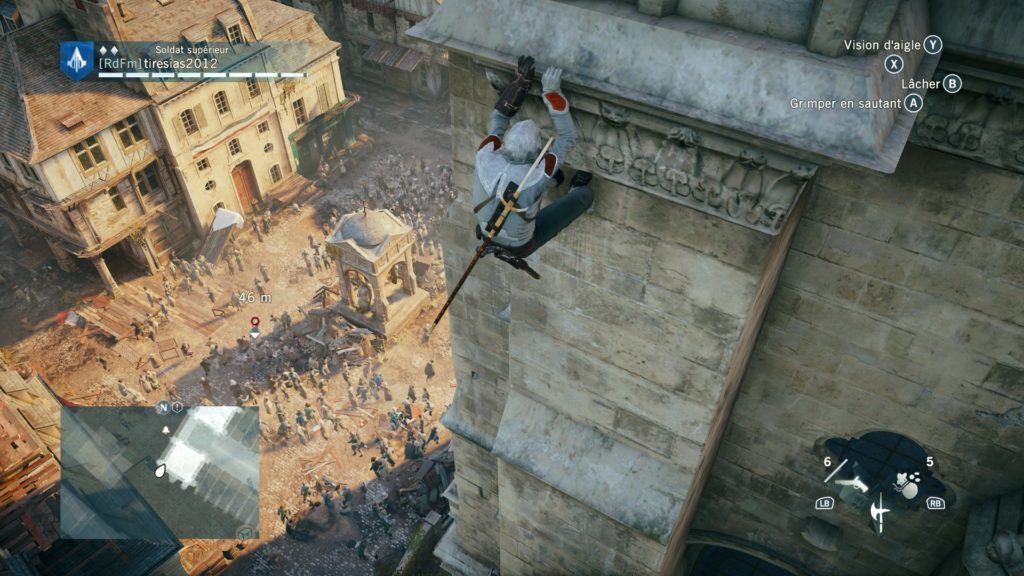
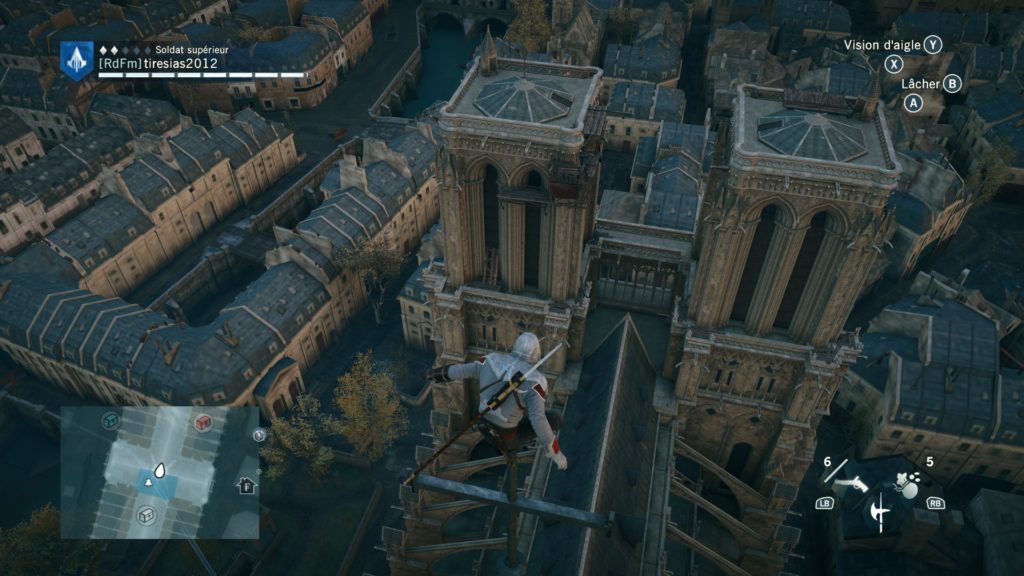
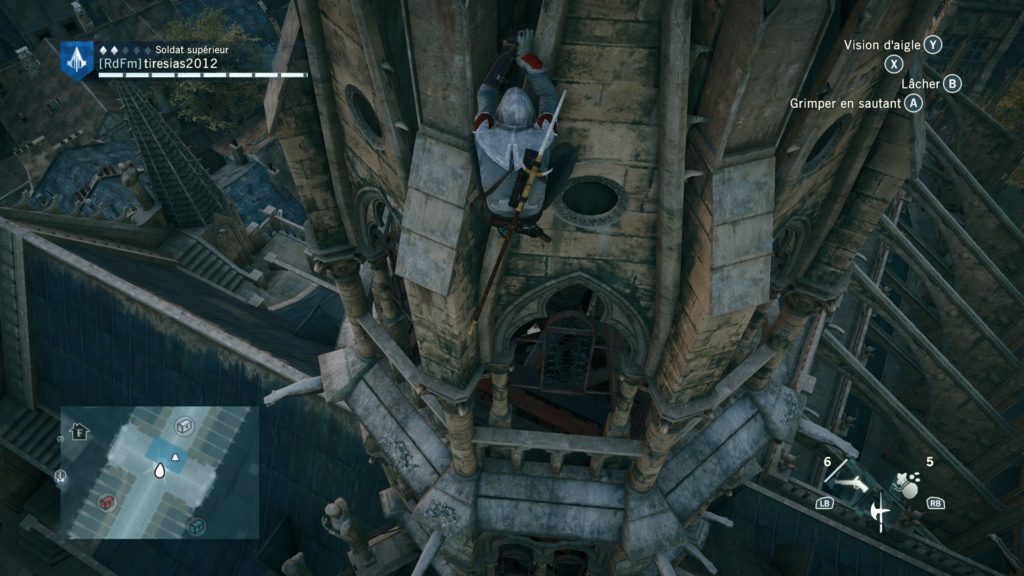
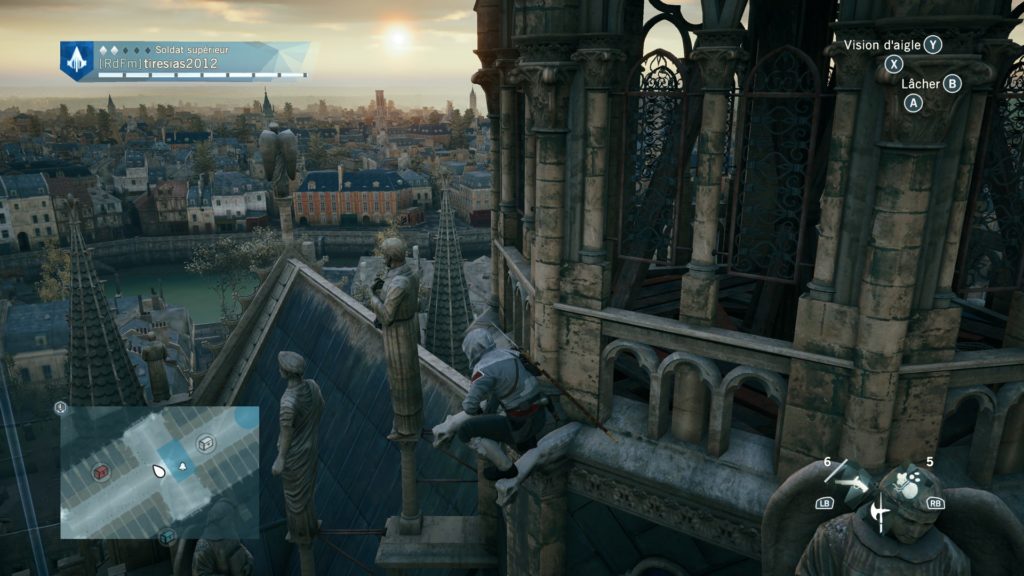
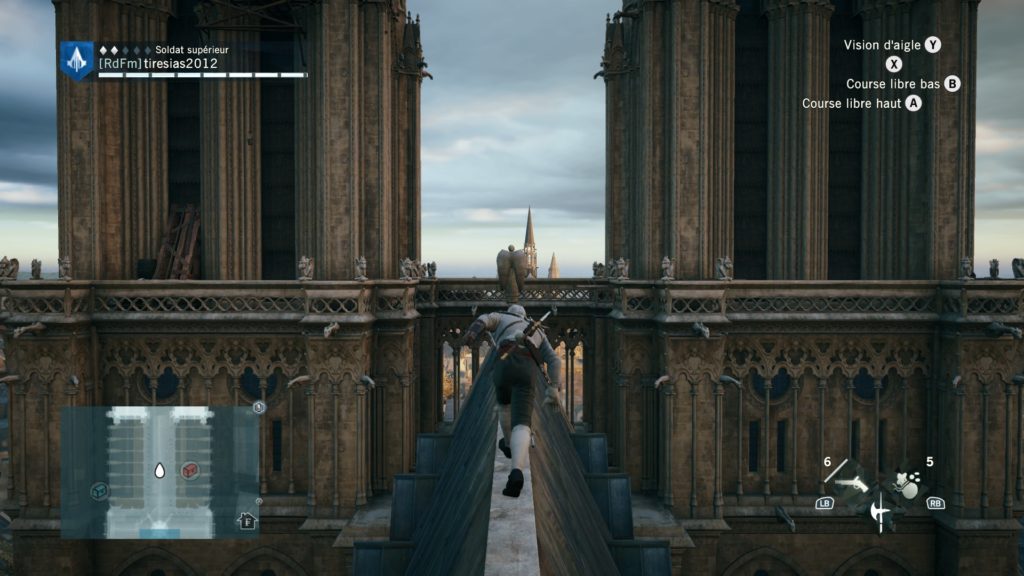
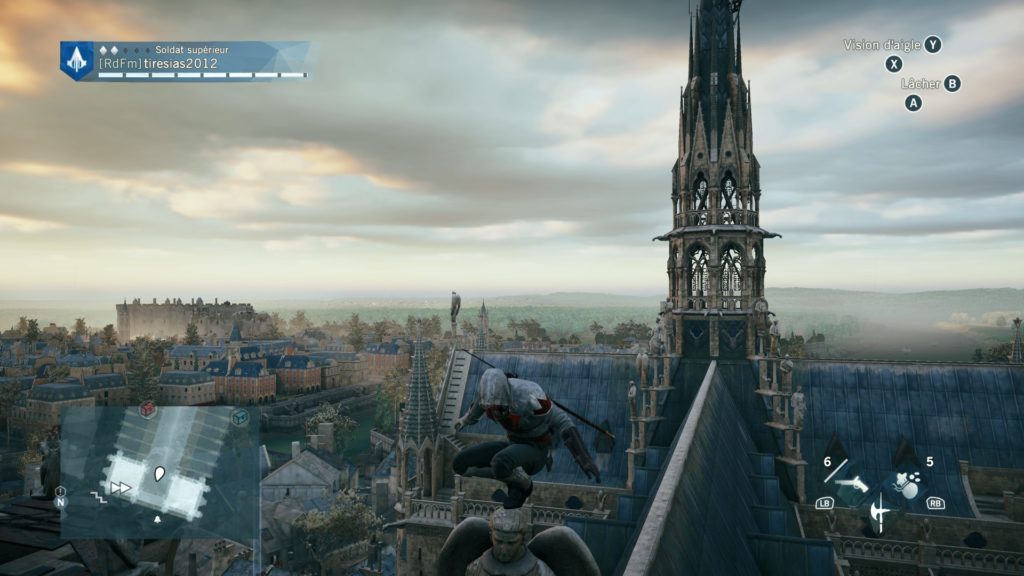
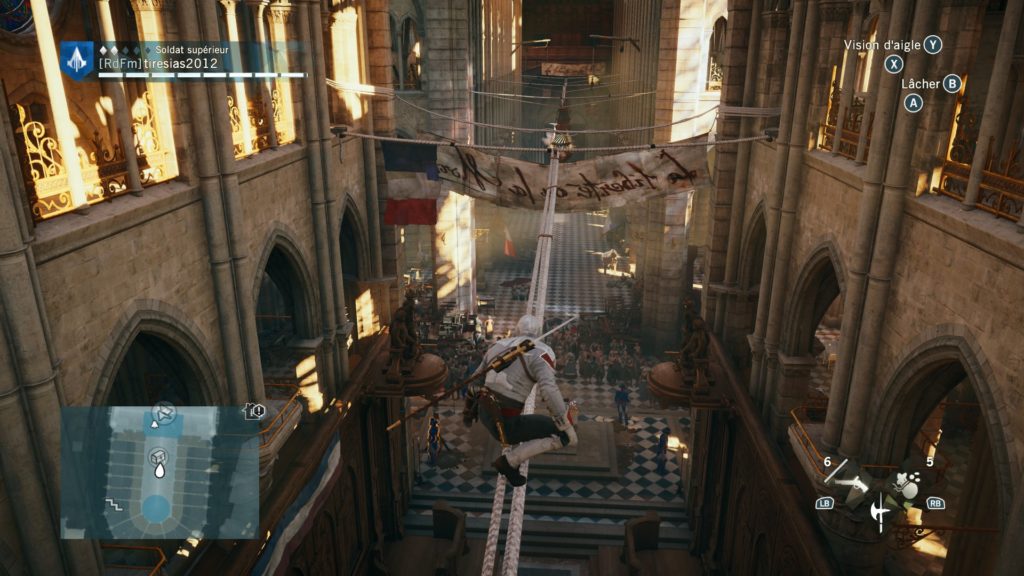
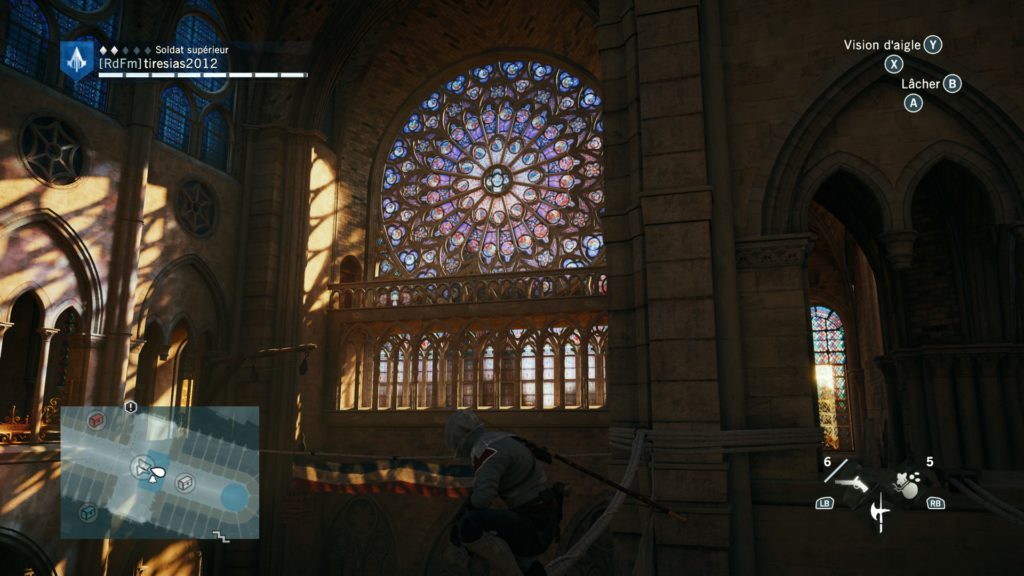
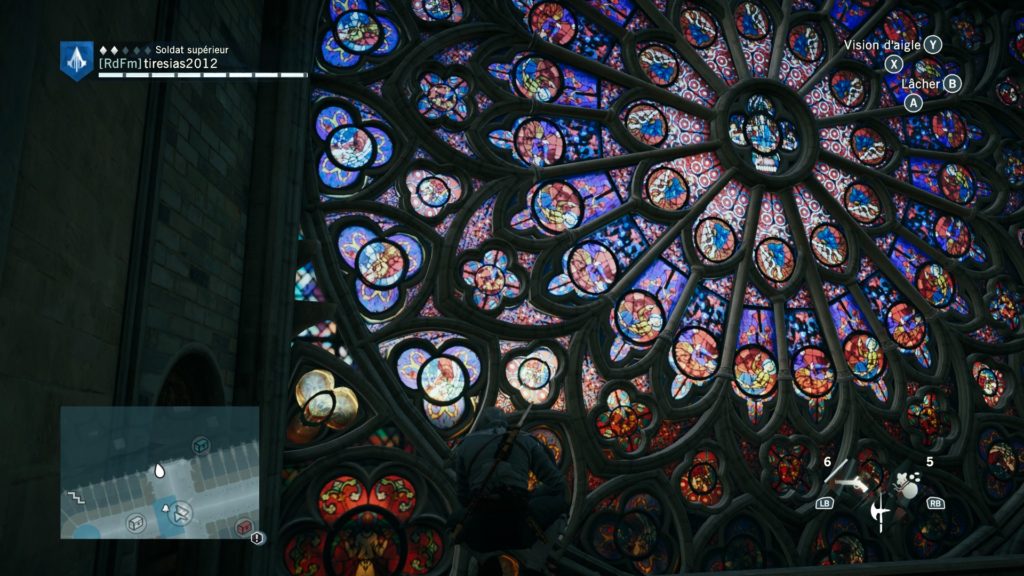
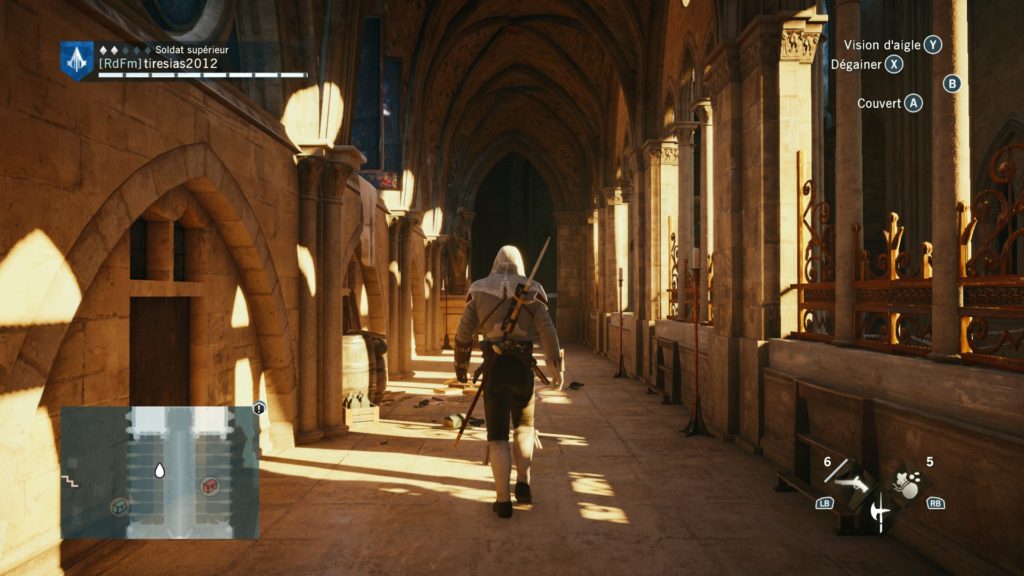
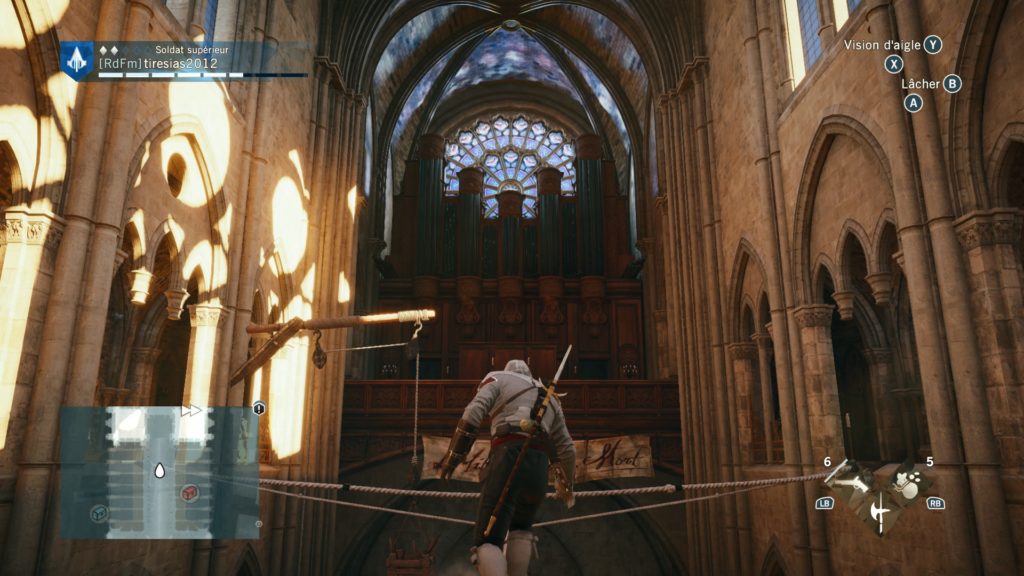
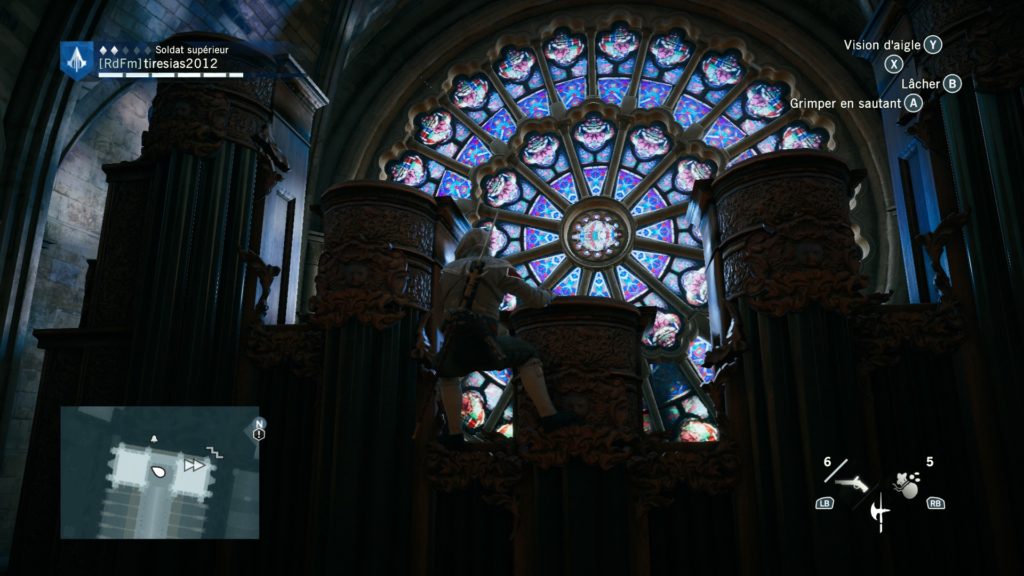
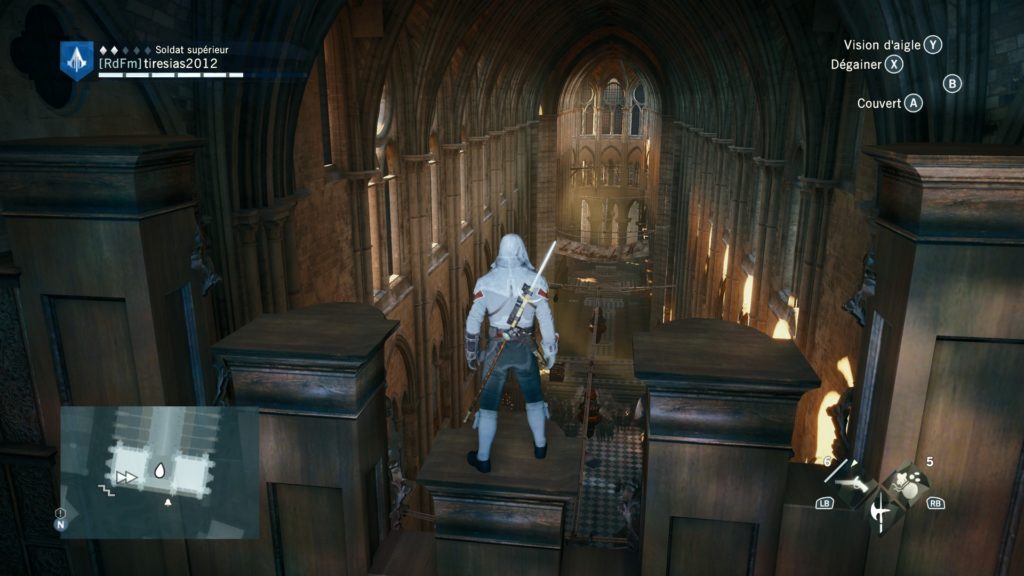
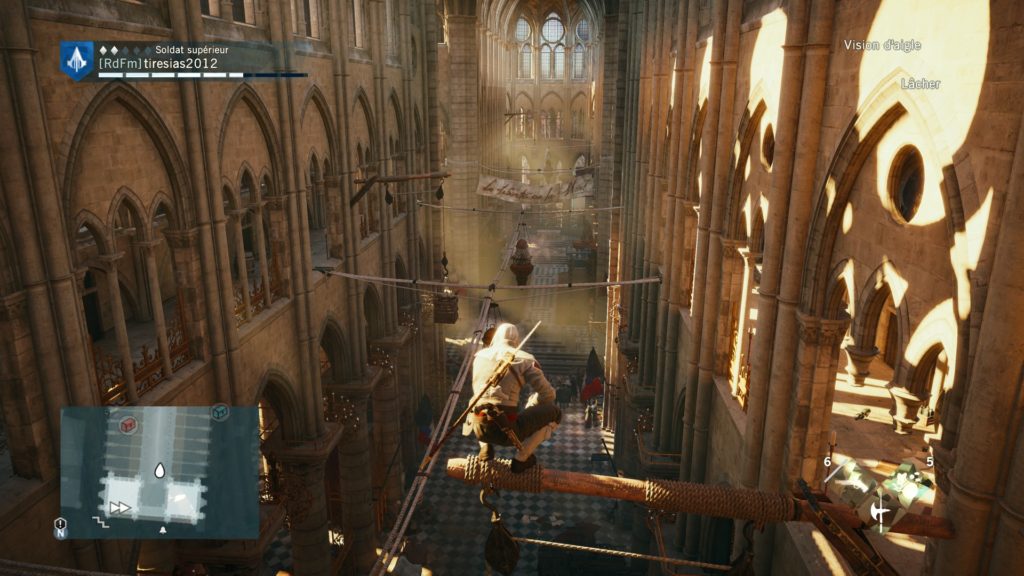
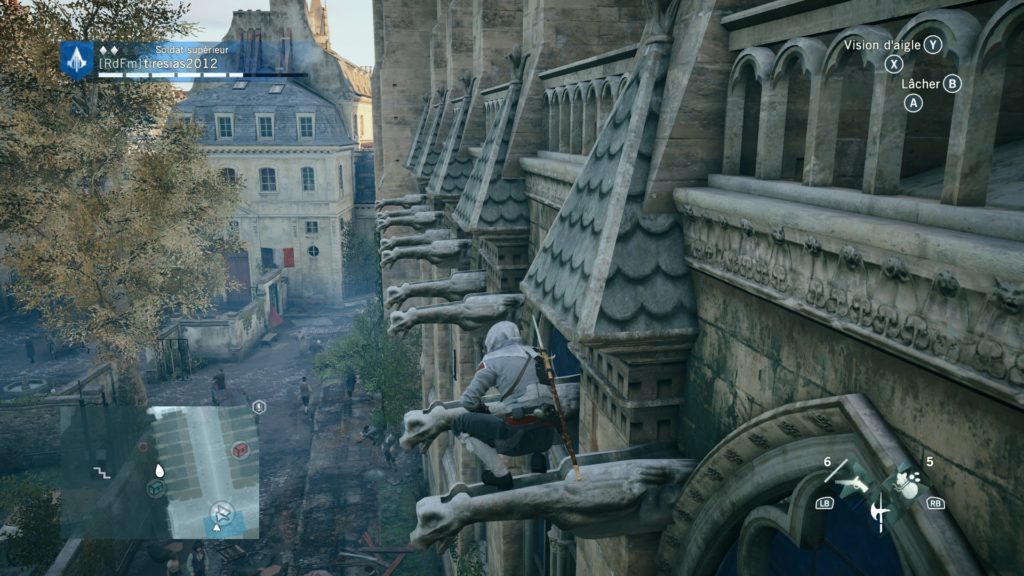
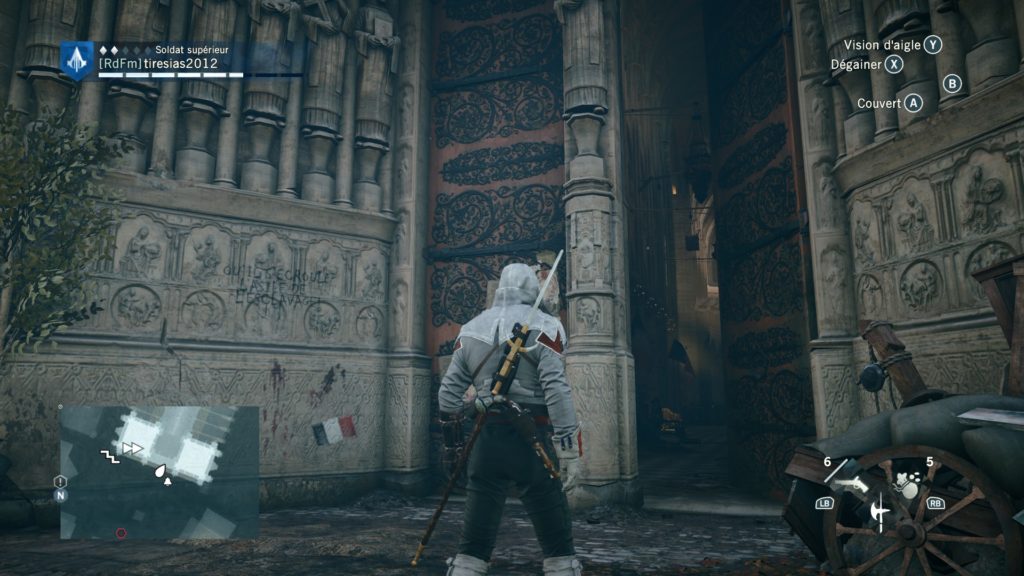
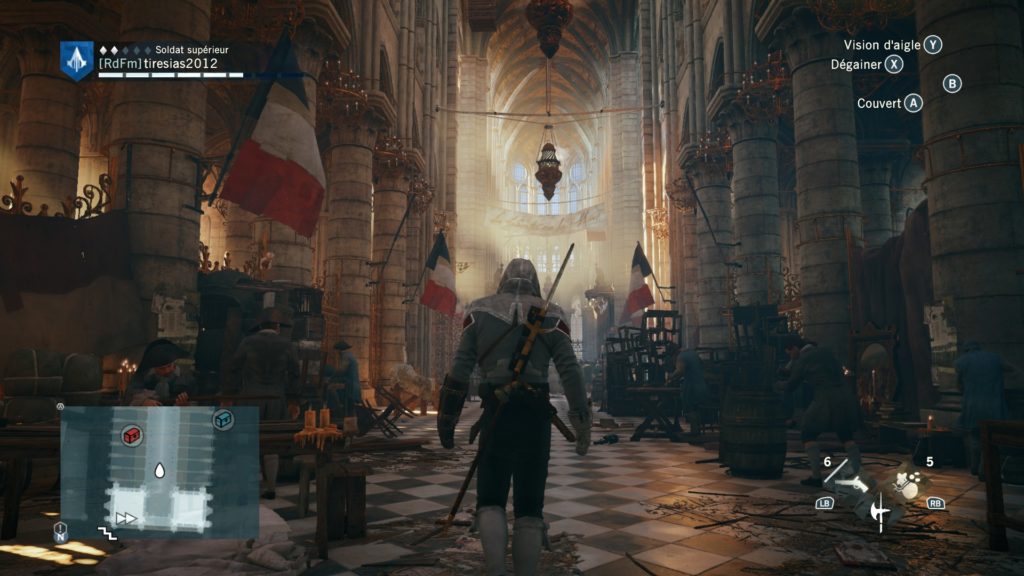
1 Comment